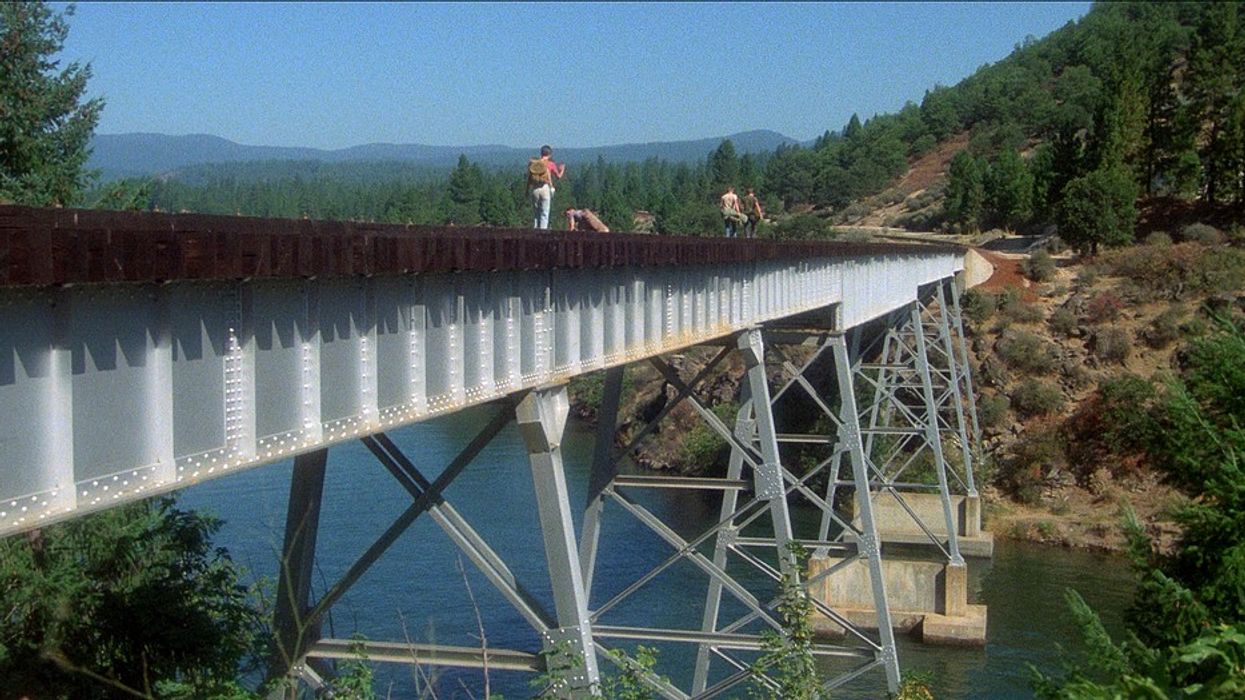10 Crucial Tips for Filming in the Wilderness
Whether it's a hunting video or an outdoor movie, you have to be prepared for the wilderness.

Shooting a film or TV show in the wilderness can be both exciting and challenging. With stunning natural landscapes and unique lighting conditions, it's no wonder many filmmakers are drawn to this type of production.
However, shooting in the wilderness requires careful planning and preparation to ensure a successful production. In this article, we'll share 10 tips for shooting in the wilderness, from scouting locations to planning your shots and bringing the right gear to communicating effectively with your crew.
Whether you're a seasoned filmmaker or embarking on your first wilderness production, these tips will help you make the most of your time in the great outdoors
Let's get started.

10 Tips for Shooting in the Wilderness
Shooting a movie or TV show in the wilderness can be challenging, but also very rewarding. Here are ten tips to help you shoot a successful production in the wilderness:
Scout your locations: Take the time to scout out different locations before you begin shooting. This will help you identify the best spots for filming and plan your shooting schedule accordingly. Look for areas with good lighting, interesting landscapes, and other features that will add visual interest to your production.
Gear needed: Binoculars, a map, and a compass or GPS unit can be helpful for scouting locations.
Be prepared: Shooting in the wilderness can be unpredictable, so it's important to be prepared for any situation. Make sure you have all the gear and supplies you need, including backup equipment and first aid kits. You should also have a plan in place for emergencies, such as severe weather or medical emergencies.
Gear needed: a first aid kit, extra batteries, memory cards, rain gear, a satellite phone or other communication device, and a survival kit.
Be respectful of nature: Remember that you are a guest in the wilderness and should take care not to damage the environment or disturb wildlife. Follow "Leave No Trace" principles and take care to leave your filming locations as you found them.
Gear needed: Bring along trash bags to pack out any waste, and avoid damaging natural features by using a tripod and avoiding walking on delicate terrain.
Consider the weather: Weather conditions in the wilderness can change quickly, so it's important to be prepared for any situation. This might mean adjusting your shooting schedule or bringing additional gear, such as rain covers or cold weather gear.
Gear needed: Bring extra rain covers, waterproof bags, warm clothing, and hand warmers to keep your crew and gear protected.
Bring the right gear: Shooting in the wilderness requires specialized gear, including waterproof camera equipment and sturdy tripods. Make sure you have all the gear you need to capture the shots you want.
Gear needed: Consider bringing waterproof camera housing, extra batteries, a drone, a stabilizer or gimbal, and a variety of lenses to capture a range of shots.
Plan for power: Shooting in the wilderness can be challenging when it comes to power needs. Consider using portable generators or battery backups to ensure you have the power you need to keep your equipment running.
Gear needed: Bring portable power banks, a portable solar panel, and a portable generator to keep your camera batteries charged and other equipment powered.
Plan your shots: Planning your shots ahead of time will help you make the most of your time in the wilderness. Consider lighting, composition, and angles when planning your shots to create visually stunning footage.
Gear needed: Bring a shot list, storyboards, and a lighting kit to ensure you can capture the shots you need.
Use natural light: The natural light available in the wilderness can be stunning. Take advantage of the early morning or late afternoon light to create stunning visuals.
Gear needed: Bring a reflector or diffuser to help shape natural light to create beautiful lighting on your subjects.
Communicate effectively: Effective communication is key when shooting in the wilderness. Make sure all crew members, actors, and other personnel are on the same page to ensure a smooth production.
Gear needed: Consider bringing a two-way radio or walkie-talkie system to communicate with your crew.
Have a backup plan: Always have a backup plan in case of emergencies, such as inclement weather or equipment failure. This might mean having an alternate location in mind or bringing backup equipment to ensure you can continue filming.
Gear needed: Bring extra equipment, scout out backup locations, and have an emergency plan in place to ensure your production can continue even if things go wrong.

Summing up 10 Tips for Shooting in the Wilderness
Shooting a movie or TV show in the wilderness can be a challenging but rewarding experience. From capturing stunning natural scenery to dealing with unpredictable weather conditions, it requires careful planning, preparation, and execution.
By following these ten tips, you'll be well-equipped to tackle any challenges that come your way and capture stunning footage that showcases the beauty of the wilderness.
Remember to scout your locations, be prepared for emergencies, respect nature, plan your shots, bring the right gear, and communicate effectively with your crew. With these tips in mind, you'll be on your way to creating an unforgettable wilderness production.
Grab your camera gear, and get ready for an adventure!
Do you have any additional tips for filming in the wilderness? Let us know what those tips are in the comments below!

 Richard Gere and Uma Thurman in 'Oh, Canada' via Kino Lorber
Richard Gere and Uma Thurman in 'Oh, Canada' via Kino Lorber  Uma Thurman in 'Oh, Canada'via Kino Lorber
Uma Thurman in 'Oh, Canada'via Kino Lorber 









